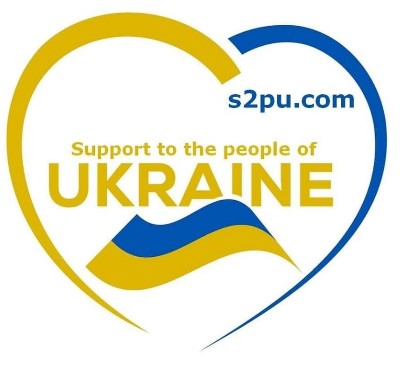
In 2008, Viktor Ivanovich Shevchenko was 79 years old. He was a prisoner of war in Norway at Ore on Lista. Here were about 1400 Ukrainian prisoners of war and they built the "Festung Lista."
Viktor Ivanovich Shevchenko was born on April 14, 1923, in the village of Pereshchepino in the Dnipro region of Ukraine. It is a fairly large village, located 7.5 miles from the Dnipro regional center. Faksimovich Shevchenko and his mother were Galina Akimovna. The father was an accountant and also had a flock of sheep, several horses, poultry and a cow, so they suffered no hardship.
He was drafted into the Red Army on June 8, 1941. He had been in the Army for 6 days when the disaster struck. He was awakened at dawn with lots of explosions. They were given automatic rifles and set to dig trenches. It was not until 10 o'clock in the morning that we learned that Hitler's soldiers had entered Ukraine and attacked us. He did not remember if it was one or two days after a plane landed in the camp. They were then told that fighting was useless, because Joseph Stalin had sold the Soviet Union to Germany. It was the first time Viktor saw a German soldier and in the coming years he would meet many Germans.
He, along with 300 other soldiers, was captured by German soldiers. About half of my fellow soldiers were killed. They were then ordered by the Germans to climb into trucks and, despite the fact that I was injured in one foot, to get on the loading platform. Those who failed to do so were shot, Viktor said.
They were driven to the city of Slutsk, just south of Minsk. Then on to Poland and the Biala Podlaska concentration camp. The food they received was rotten kohlrabi, unwashed potatoes and other food waste served in cans. Biala Podlaska was a large camp with thousands of Ukrainians captured. The camp was divided into blocks and prisoners of different ethnic backgrounds were gathered on separate blocks. The Germans could have fun getting to the area where Ukrainians sat and shouted loudly: "You are from Ukraine today will get" galushki "(a Ukrainian traditional dish) to eat!". The other ethnic prisoners fenced in on the other blocks heard this and became angry. The Nazis laughed and amused themselves.
The wound in his foot bothered him and a medical assistant had a bomb splintered, but there was a mark in the wound. He had to exchange some salt that he had in the wound. The salt had a cleansing effect and the fields disappeared.
From Szczecin, the prisoners were taken on board cargo ships. They were told that they were going to "Nach Norwegen". They got water and food on board. But eventually not many people were able to eat, due to seasickness in the bad weather. Prisoners died on board and were thrown overboard. After three days we arrived in Oslo and they were sent on by train to Lillehammer. From there, many were sent by train to Kristiansand and on to Lista by truck, more specifically Ore.
The Nazis had 7 camps for Soviet prisoners on Lista. The first camp to be established was Ore. On June 28, 1942, 200 prisoners arrived, including Viktor Shevchenko. The prisoners were to carry out work for the Luftwaffe's reinforced building battalion 133 / III, and the company A. Diehl from Essen was responsible for the work. The prisoners received 200 grams of bread every day, as well as tea made from sweet herbs, but they never received sugar. In addition, they had soup cooked on unpeeled potatoes, cabbage and kohlrabi. They never got enough food, but no one in the camp died of starvation.
When peace came on May 8, it was a long trip to Oslo. They went and got to drive short distances by car and also took trains a short distance. They visited private homes and got food. They were also invited to dinner and even received delicious cake.
When they returned to the Soviet Union, they were again placed behind barbed wire. According to the guards, it was necessary to find out if they were spies. They were called in for questioning in the middle of the night. Viktor eventually received a 15-day leave and returned home to visit his family in Pereshtepino, Ukraine. Unfortunately, there was no happy reunion for him. His father, his two brothers and his sister had all been killed in the fight against the Nazis. His mother had died in 1944 and she had been notified that Viktor was dead. In his childhood village he therefore had only aunts and uncles left.
In 1946, Viktor Ivanovich Shevchenko married Alexandra. In 1950, Viktor was permanently employed at the cement factory "Oktober", where he worked for 22 years.
Source: Magne Haugland - Do svidanija - See you again!

Comments powered by CComment